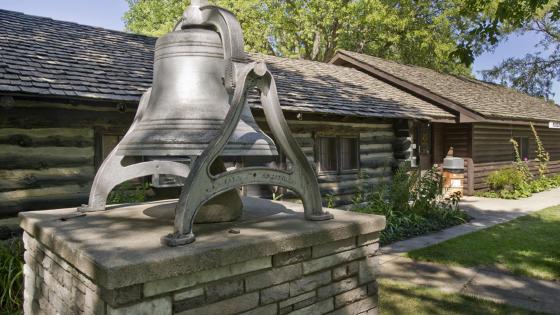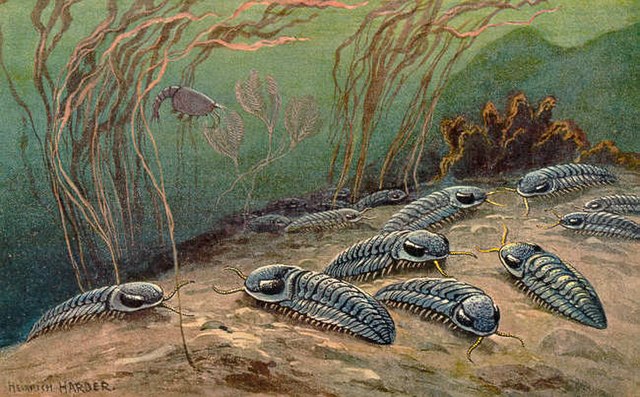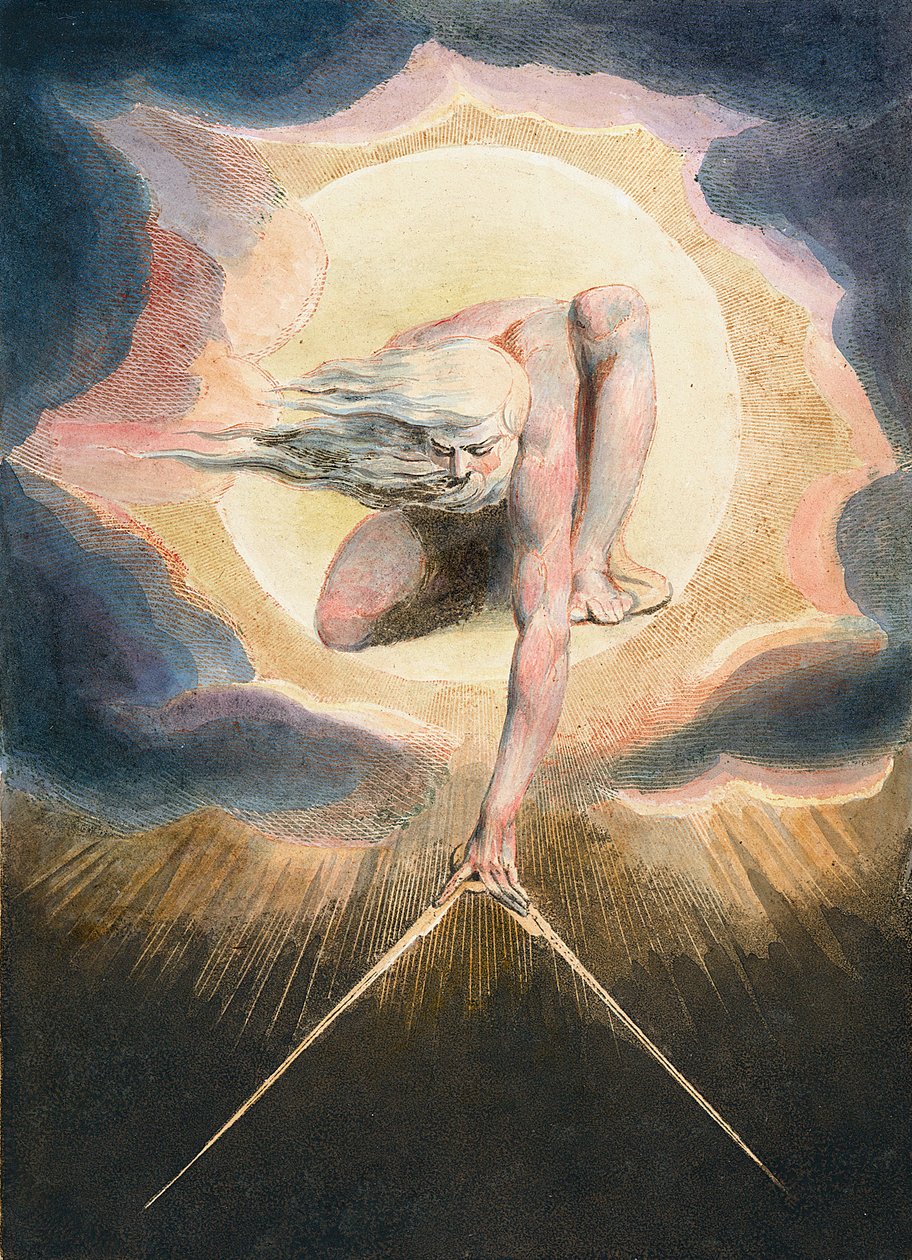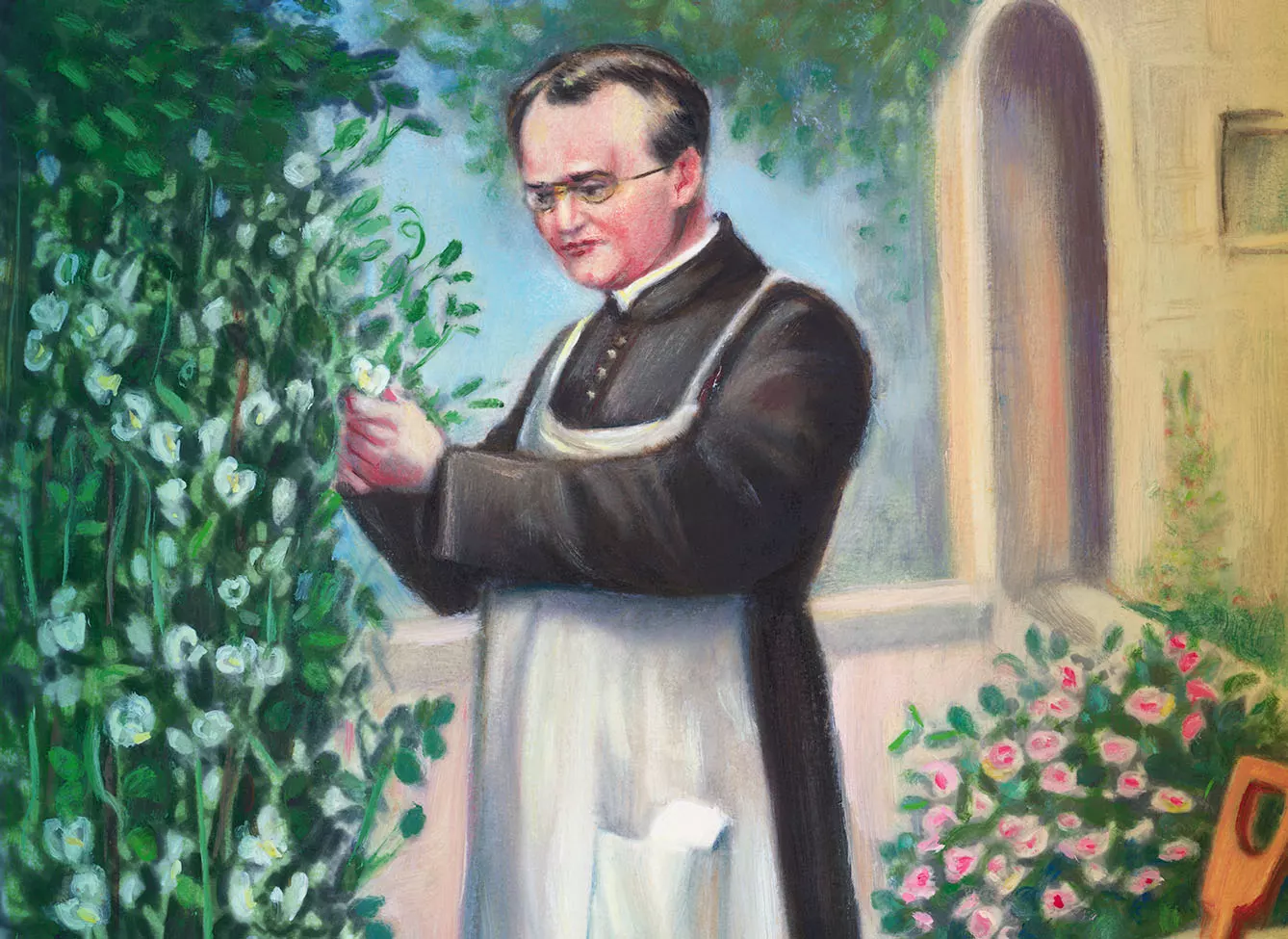When my wife and I got married three years ago, we had a dream. In short, we fantasized about going "back to the land" and becoming homesteaders. Back-to-the-land movements have sprung up repeatedly in the history of the United States and elsewhere as a response to an increasingly inhuman world. They eventually die out as the ex-urbanites learn the enormous toil and struggle that comes with living off the land and being isolated from society. Some people can make it, but most people can't.
As we contemplated the realities of trying to live off the land, we realized that there were serious problems with our plan. First of all, purchasing enough land to live on would be a tall order. Land isn't cheap, and we're not going to be wealthy any time soon. Second of all, farming has a steep learning curve, and if we were depending on our land for our sole source of food, our first season would end with desertion at best and a couple of frozen corpses at worst. Third, we can't make it far without access to municipal water and electricity.
The probable fate of a city slicker trying to 'live off the land'
As a result of these considerations, we rethought our dream and downsized it to something that we could actually achieve. Instead of living off the land in an off-grid cabin, we decided that we wanted to aim for a smaller parcel of land near a small town. That way, we could have jobs, access to grocery stores, municipal water, electricity, and sewer, and our kids could go to school. We would create a garden and expand it over time to supplement bulk foods that we would purchase rather than trying to get all of our calories from the land. Over time, we would become more self-sufficient while still having a support structure.
Our specific metrics were:
- The property ideally needs to be 1-5 acres.
- The property needs to be near a town which has a hospital, school, grocery store, and other amenities.
- The property needs to be able to be hooked up to municipal water, electricity, etc.
- The road needs to be open all year round.
- Absolutely no HOAs!!!
Unfortunately, it became obvious quickly that this dream wasn't going to be possible in our home state of Utah. Homes here cost over twice as much as they did when I was in High School, and any decent-sized plot of arable land near a town costs half a million at the very least. We resigned ourselves to the truth that if our dream was to become a reality, it was going to have to be far away.
Over the years we've been monitoring our options near and far. One day we saw a property which caught our eye, and it seemed more and more promising the closer we looked at it. This particular parcel was on the edge of the town of Ainsworth, Nebraska. Ainsworth is small, but it has all the necessities. Among other things,
there are grocery stores, hardware stores, a school, some restaurants,
and a hospital.

The town of Ainsworth
The property itself is three acres, with one cleared acre and 2 wooded acres with a little creek running through. On the north side there's 2nd street, which is open all year round and is plowed by the city. On the south side, there's the cowboy trail, a 300-mile bike trail which goes through much of Nebraska. To the east, there's a neighbor and the city's storage yard.

A view of the property with rough boundaries
Ainsworth is the county seat of Brown County, which is known for being in the 'Middle of Nowhere.' The population is small and close-knit. Nebraska has a reputation for being flatter than a pancake, but this is not the case for Ainsworth and the surrounding region. Much of the western half of Nebraska is covered by the sandhills, where ancient sand dunes are held in place by prairie grasses. The sandhills are unsuitable for plowing or planting, so they have been left relatively unchanged, and there's plenty of wildlife management areas and recreational areas in the region.

A satellite view of some sandhills. The green areas are low-lying wetlands, the blue areas are lakes and ponds formed by the aquifer that underlie them.The property looked so good to us that we reached out to the realtor and did research on Ainsworth and the surrounding areas. We commissioned a survey of the property and looked through the zoning laws in the town. The only objectionable thing we found in the zoning code was that there was a limit on chickens... no roosters were allowed within our zone and only 6 chickens maximum! Seemed unreasonable to me, but it wasn't a dealbreaker by any means. (There weren't any rules about ducks or quail!) We talked to the realtor over the months and had the realtor give us a tour of the land via video call. She was very helpful and friendly.
In the end, we made a big gamble. We purchased the property without having been there in person. It was a risky decision, and not one that I would recommend others do. But our intuition was that this was a good choice. Now all that was left was to plan a journey to the property to see if our gamble paid off.
We purchased the property in Feburary of 2025. We planned our trip to be in the following spring, because we wanted to see the property in full bloom and we didn't want to take a chance on icy roads.
We began our journey to the property on May 12th. Northern Utah and western Wyoming are quite beautiful, and the ride was very scenic. We were driving white-knuckled a few times along the way due to high winds and swerving semi-trucks. We stopped in Cheyenne for the night after driving 6 hours. The following day we left Cheyenne and soon crossed into Nebraska. Eastern Wyoming was a flat wasteland, but upon crossing into Nebraska it gave way to grassland with some interesting sandy landforms and pine trees.
Before long, we had crossed into the sandhills proper. They were beautiful. They reminded me of the foothills I like to explore back home. There were tiny unincorporated towns nestled in the sandhills, and we stopped at one to get lunch and stretch our legs. I thought about what it would be like to have been born in one of those little towns.
The sandhills and their bovine inhabitants
Eventually, we came to the southern part of Ainsworth. I recognized buildings that I had seen from satellite images, and we turned left on 2nd Street. Soon enough we arrived at the property. This was the moment of truth!
Upon setting foot outside the car, the first thing we noticed was how good the air smelled. I had heard from the internet that Ainsworth often smells like cow because of the feedlots to the north, but our piece of forest smelled very crisp and fresh. We were both ecstatic. We ran through the clearing and plunged into our two-acre wood. In there it was like our own world of green. The trees were enormous, and some of them had abandoned treehouses in them. The little creek had a population of little fish and there was a family of ducks in the pond. I had my first encounter with ticks, which we don't have at home. I like to wear shorts, so this led to a frantic run back to the car to get some pants on.
Bree sitting on the fallen tree
A view of the forest
The little creek
The cleared acre viewed from 2nd street
Overall, the property was even better than we had expected. After we settled down, we grabbed some cookies I brought to bring to our neighbors. We met our neighbor who was also the seller of the property. He appreciated the cookies and he gave us a friendly tour and talked about the town. He had a hard time hearing us, but he loved to talk and over the course of the conversation he answered all the questions that we would have asked. After exploring our property a bit more, the sun began to set so we stayed the night in a bunkhouse in the nearby small town of Long Pine. The bunkhouse was very nice, especially for how affordable it was. I would highly recommend visitors to the area to stay there. As the sun was setting, we took a leisurely walk to the nearby bridge, where we got a nice view Long Pine Creek. On the way we saw some rabbits and other woodland creatures.

The Long Pine Bunkhouse
The railroad bridge
Long Pine Creek as viewed from the bridge.
The next day, Wednesday the 14th, we relished exploring our land again, but then moved on to exploring the town. There's a grocery store a mere block away from our property, which is very convenient. There's also a Kung Fu studio, but it wasn't open while we were there and I never found out if it's still in business. We bought some groceries and I got a haircut at the local hair salon. Bree visited the hospital and talked to the lab workers there. She is sure that she could get a job there. We visited a bunch of the stores, including the thrift store and the bookstore. There was a museum we were excited to see, but it wasn't open at the time. Everyone that we met in town was friendly.

The museum
We reached out to the realtor to let her know that we had made it to Ainsworth. She was delighted to hear that we were there, and she invited us to have dinner with her at the Tipsy Pine, a pizza place in Long Pine, about a 30-second walk from the bunkhouse where we were staying. I brought some cookies for her and she surprised us by paying for the meal, which was very kind of her. Our realtor was very helpful and kind. We talked with her about the property, the town, and our plans for the future. The pizza was good and the owner of the restaurant was friendly. As we left the Tipsy Pine we noticed that the feedlot smell mentioned earlier had rolled in. It wasn't so bad. I've lived in a small town before, and there was a similar situation with their turkey farms. The locals call it the 'smell of money.'
On Thursday the 15th we went to the nearby town of Valentine and rented bikes to bike along the Cowboy Trail. We biked from the town to the nearby Niobrara bridge. The river was broad and beautiful. Along the way back, the wind started picking up. We had plans to tube along the river, but unfortunately the storm rolled in and frustrated those plans.
Biking along the cowboy trail
A view of the Niobrara river from the bridge.
Once we were finished biking, we drove to the Fort Niobrara National Wildlife Refuge. There was a lookout point which overlooked the canyons and hills. It was a beautiful place and our photos didn't do it justice. It is home to bison, elk, and all kinds of wildlife. The whole region was beautiful, and over the course of our trip I really fell in love with it.
Overlooking the refuge
The next place to visit was Smith Falls State Park, the home of the highest waterfall in Nebraska. Compared to some of the waterfalls we have at home it was relatively small, but it was still beautiful and worth visiting. After we visited the falls, we hiked around the park and I learned something interesting about the ecology of the area. During the Ice Age, the cooler climate made it home to boreal trees, like spruce, birch, and aspens. However, the warming climate at the end of the ice age caused these trees to disappear except in the canyons that are sheltered from higher weather. It made me think about what people can do today to help make these areas more resilient in the age ahead.
Us in front of Smith Falls
Bree in front of the falls
In the evening we took soil samples from the property for later testing. Since we plan on growing a big garden, it's important to know the characteristics of the soil. After that, we went to the bunkhouse for our last sleep in Nebraska.
The next day, the 16th, was the final day of our trip. There's little to write about. The trip home was fine and we did all 12 hours in one go. When we got home we were relieved to be back, but we were left with a distinct longing for our little piece of nowhere. I don't know what the future holds or where we'll end up, but I'm sure we'll be back soon. I believe that our gamble paid off in the end.
















.jpg)


.webp)































